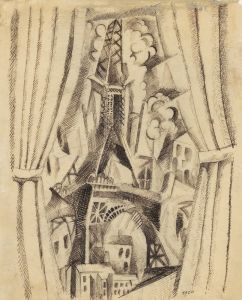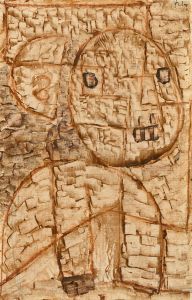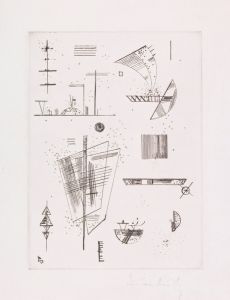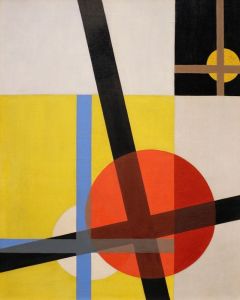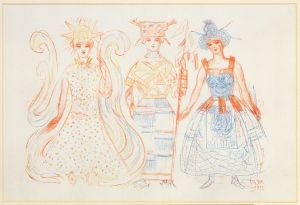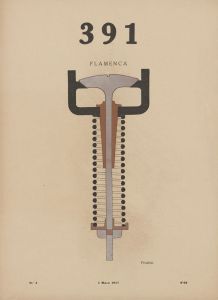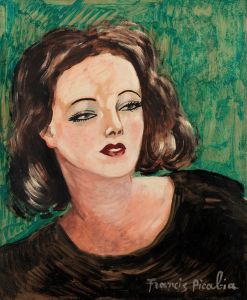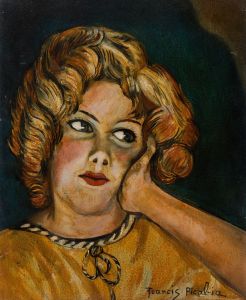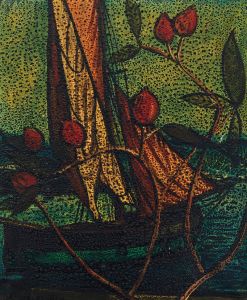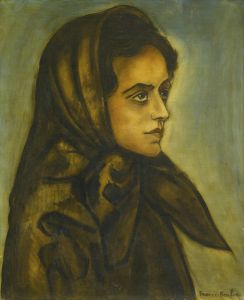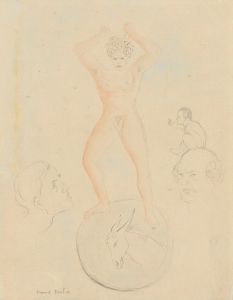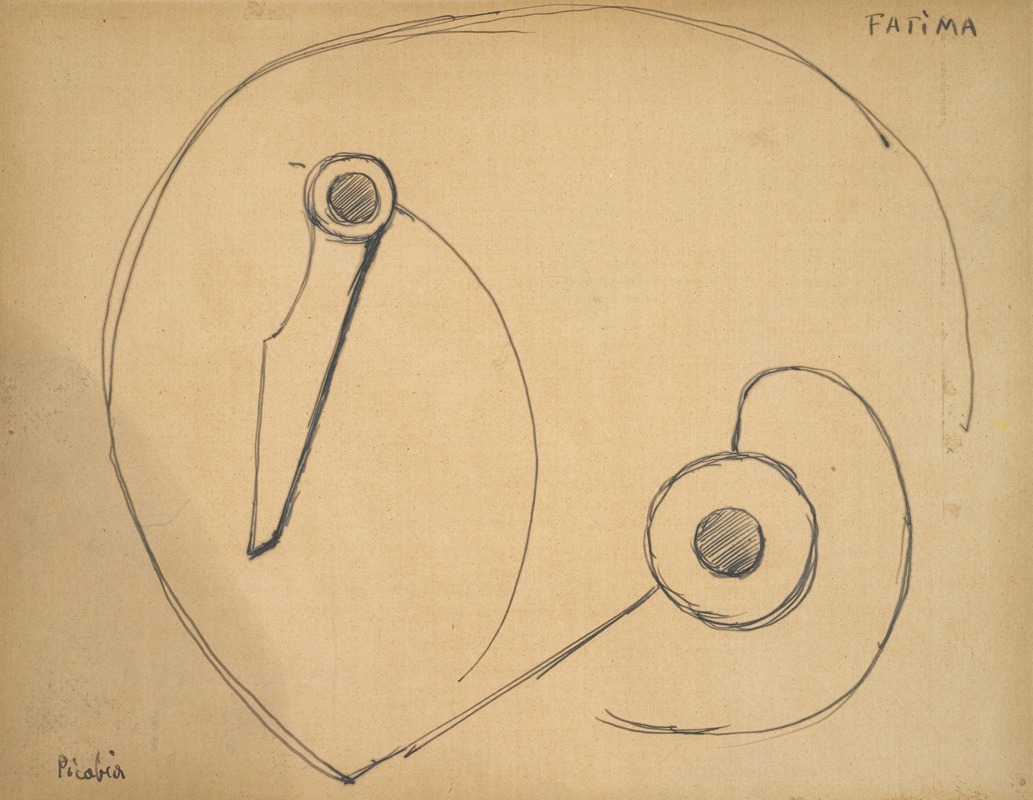
Fatima
A hand-painted replica of Francis Picabia’s masterpiece Fatima, meticulously crafted by professional artists to capture the true essence of the original. Each piece is created with museum-quality canvas and rare mineral pigments, carefully painted by experienced artists with delicate brushstrokes and rich, layered colors to perfectly recreate the texture of the original artwork. Unlike machine-printed reproductions, this hand-painted version brings the painting to life, infused with the artist’s emotions and skill in every stroke. Whether for personal collection or home decoration, it instantly elevates the artistic atmosphere of any space.
Francis Picabia was a French avant-garde painter, poet, and typographist, associated with a variety of artistic movements including Impressionism, Cubism, Dada, and Surrealism. Despite his significant contributions to modern art, specific information about the painting "Fatima" by Francis Picabia is not readily available in public records or major art historical sources.
Picabia's work is characterized by its diversity and his willingness to experiment with different styles and techniques. Throughout his career, he was known for his ability to adapt and transform his artistic approach, often reflecting the changing dynamics of the art world around him. His involvement with the Dada movement, in particular, marked a period of radical experimentation and a break from traditional artistic conventions. Dada was an art movement of the European avant-garde in the early 20th century, with early centers in Zurich, Switzerland, at the Cabaret Voltaire (circa 1916). From there, the movement spread to Berlin shortly thereafter. Dada was born out of negative reaction to the horrors of World War I and was a rejection of the prevailing standards in art through anti-art cultural works.
Picabia's works often incorporated elements of irony and satire, challenging the viewer's perceptions and expectations. His paintings from the Dada period frequently included mechanical and abstract forms, reflecting his interest in technology and modernity. This period was marked by a playful yet critical approach to art-making, where Picabia sought to undermine traditional artistic values and question the role of the artist in society.
While specific details about "Fatima" are scarce, it is possible that the painting might reflect some of these broader themes and stylistic tendencies present in Picabia's oeuvre. His works often defied easy categorization, and he was known for his eclectic style, which could range from abstract compositions to more figurative representations.
Given the lack of detailed information about "Fatima," it is important to approach any interpretation with caution and to rely on verified sources when discussing Picabia's work. His legacy as an artist is well-documented through his more widely recognized pieces and his influence on the development of modern art. Picabia's contribution to the avant-garde movements of the 20th century remains significant, and his work continues to be studied and appreciated for its innovative and boundary-pushing qualities.
For those interested in exploring Picabia's art further, it may be beneficial to examine his more well-documented works and exhibitions, which provide insight into his artistic evolution and the various phases of his career. His impact on the art world is evident in his ability to continually reinvent himself and challenge the norms of his time, leaving a lasting impression on the trajectory of modern art.
In conclusion, while specific information about the painting "Fatima" by Francis Picabia is not available, his broader body of work offers a rich tapestry of artistic exploration and innovation that continues to inspire and provoke discussion among art enthusiasts and scholars alike.





